No products in the cart.
The foundation of any flowering garden is perennials. Here you can see a list of our favorite no-fuss perennial flowering plants perfect for any garden. So, bring beautiful blooms to your landscaping to display color year after year.
What is a perennial plant?
Perennial flowers return yearly compared to annuals that only bloom for one season. The perennial can bloom from spring to early summer, right into fall. These outdoor plants form the backbone of every garden to add color year-round.
After a perennial plant establishes itself, it needs minimum care, but it does need well-drained soil amended with some organic matter or compost. With the thousands of varieties available, we selected some of the best perennial plants to grow in your garden.
An important tip is to choose a native plant where possible, as some perennial flowers cannot handle freezing temperatures and will need to grow as annual. For this reason, we recommend checking the USDA hardiness zones when growing perennials in your garden.
20 Best Perennial Flowers For an Early Spring to Early Summer Garden
You can plant perennial plants any time, but the best time is in fall and spring. Growing them at this time gives them enough time to establish before it gets scorching or winter arrives. You can find some gorgeous varieties adding winter interest to a garden.
Still, we recommend you plant perennials in the fall as the soil is still warm planting in summer will need more watering.
Hosta
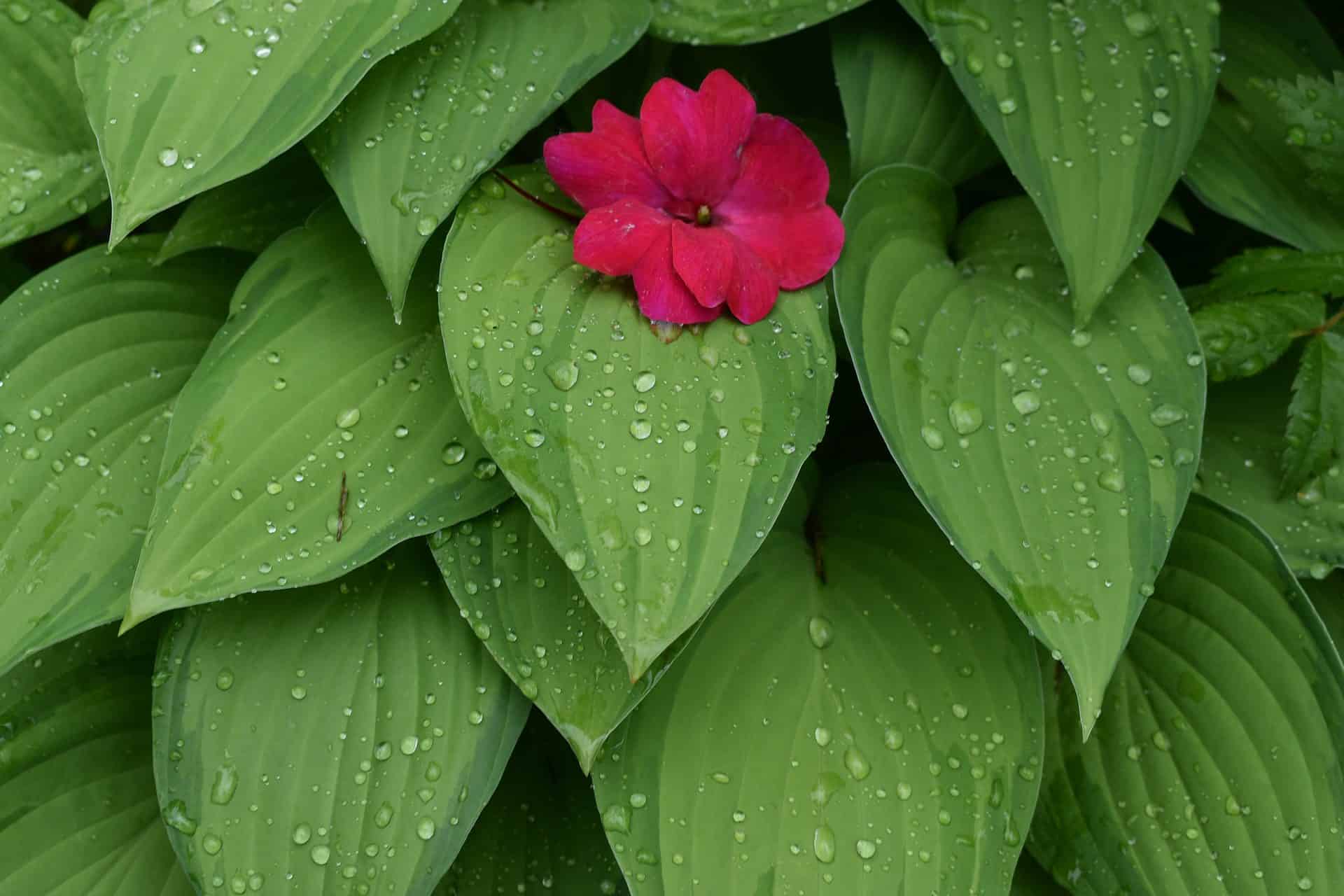
The Hosta is a tough perennial, but you must remember two important things. First, we recommend investing in a slug-resistant variety that has thick leaves. The second thing is deer love these plants.
You can find Hostas in different cultivars grown for its foliage as it has large leaves and attractive veining. In addition, you see beautiful green foliage with blue, yellow, or white hues. The trumpet shape flowers are scented, but these plants grow best in a shade garden.
Hostas’ bloom time is early summer to fall. Provide these shade-loving plants with well-drained soil, as it is an ideal perennial to provide color throughout the year.
Peony
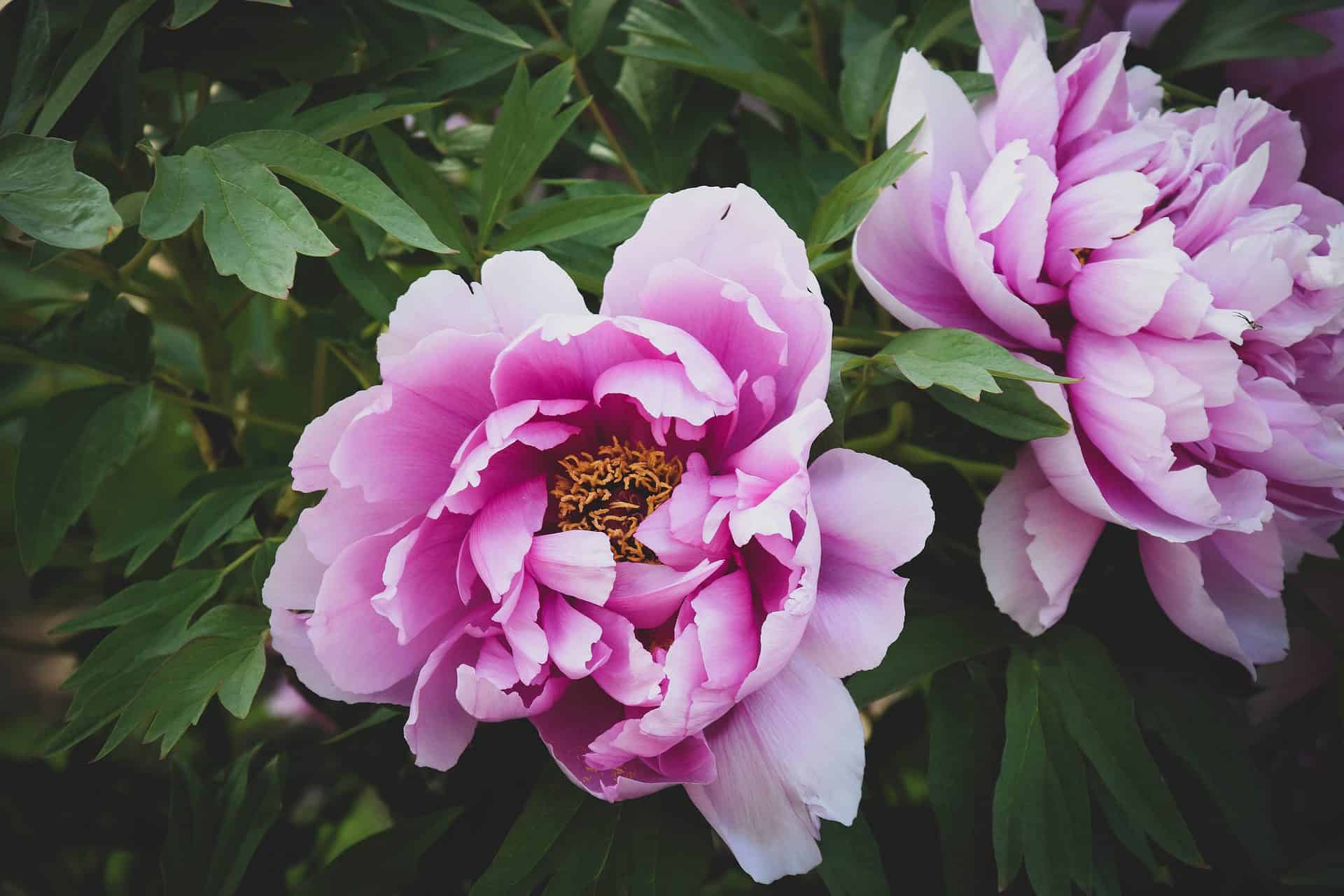
Peonies we sure you can remember in your grandmother’s garden. Paeonia spp. , is a long-living perennial flower with deep-cut leaves. The foliage is glossy dark green, and in fall, it reddens but remains a winter attraction.
It has showy blooms in pink, red, or white. Recently you can find Peonies with peach or yellow flowers. The flowers grow semidouble, single, or double, but the double varieties need staking. You see the bloom time in mid-summer to late spring.
These perennial flowers look great as a border plant with attractive foliage.
Black-eyed Susan
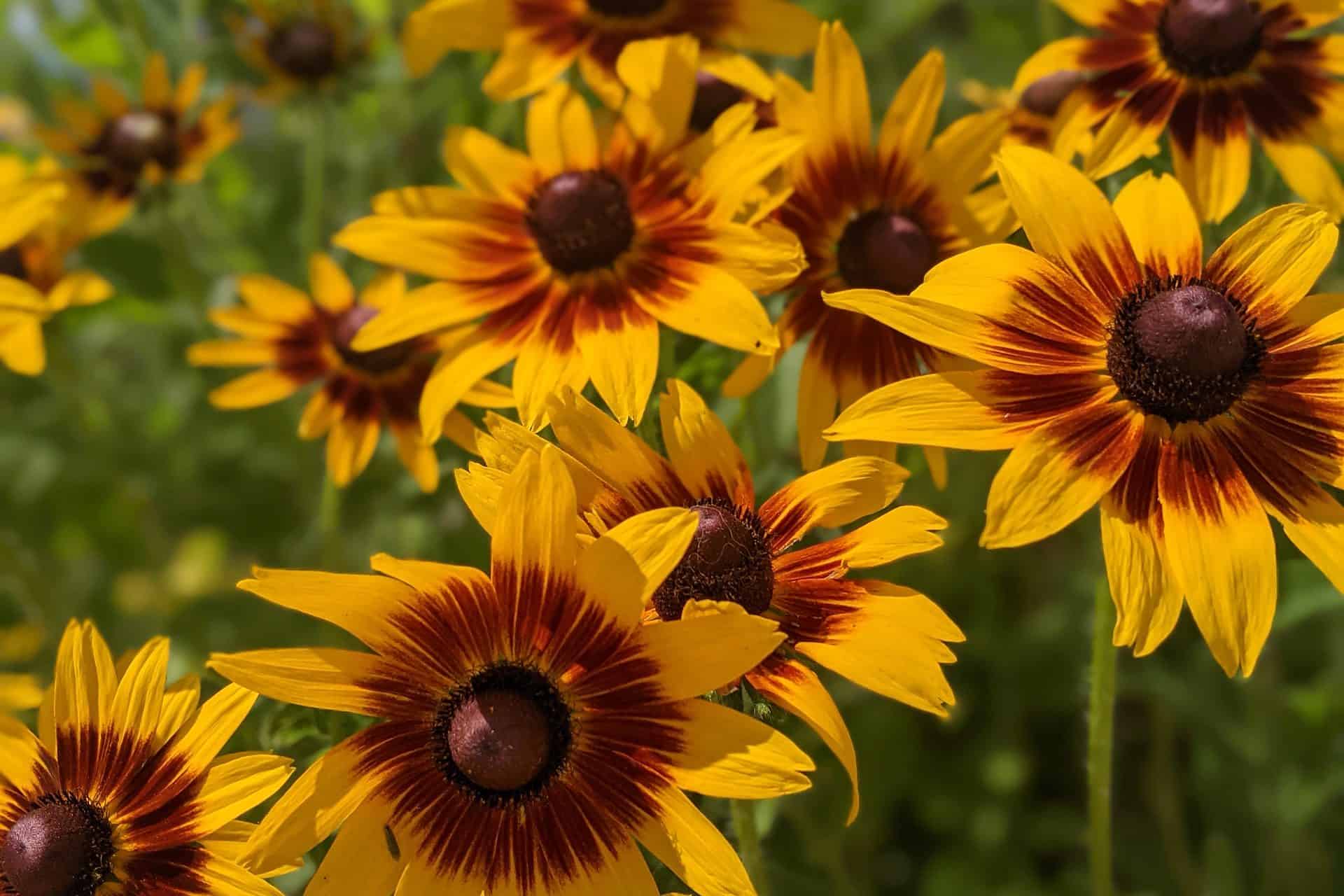
The Rudbeckia hirta, or Black-eyed Susans, is another widespread plant with sturdy stems. It blooms golden daisy flowers with black centers.
The flowers develop on two-foot stems, but it is a late starter with a flowering period at the end of summer.
Two popular varieties are the Goldstrum and Early Bird Gold, which are identical but bloom earlier, and yes, they do not know when to stop.
Cranesbill
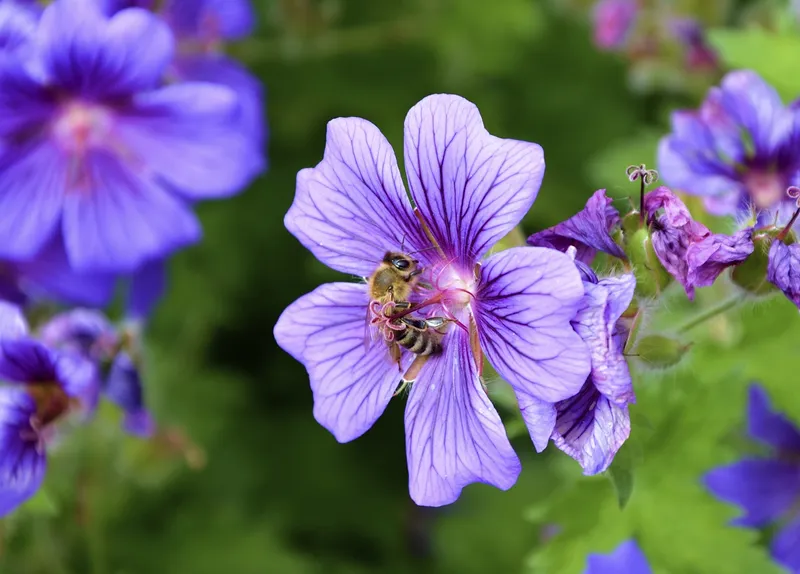
Cranesbill, like the Rozanne, thrives on little care when it comes to watering. It is hardy in the USDA zones 5 to 8 and can find perennial Geraniums surviving in zone 3 in winter.
The fragrant foliage keeps away deer and rabbits while it invites pollinating insects like bees in summer to feast on the pollen.
The blooms last a few weeks, but the Rozane blooms longer than most from early summer into fall. You can plant them as fillers or border plants.
Daylilies
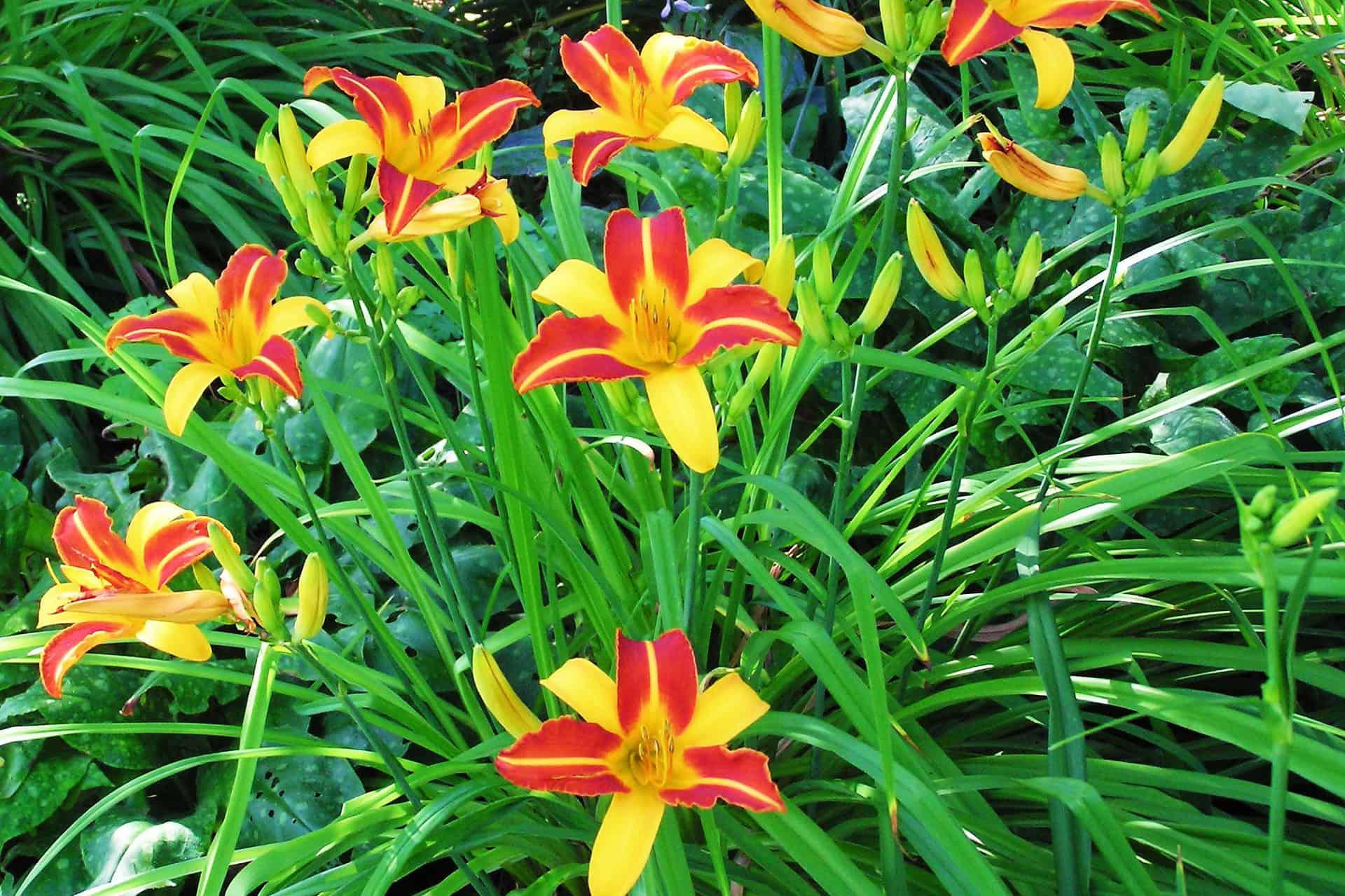
Hemerocallis spp., better known as Daylilies, are the workhorses of the garden. These perennial plants thrive in full sun but can tolerate partial shade. While these are not native plants, it has been around for a long time.
The varieties available allow you to choose from small dwarfs to giants, which are early bloomers to fall bloomers. The charming perennial displays trumpet-shaped flowers on arching foliage.
Some varieties, like the Stella de Oro, have yellow flowers that bloom all summer. You find them in pink, yellow, red, white, and purple flowers. The blooms often have contrasting eyes, and the flower only lasts a day, but it keeps producing stunning flowers.
Catmint
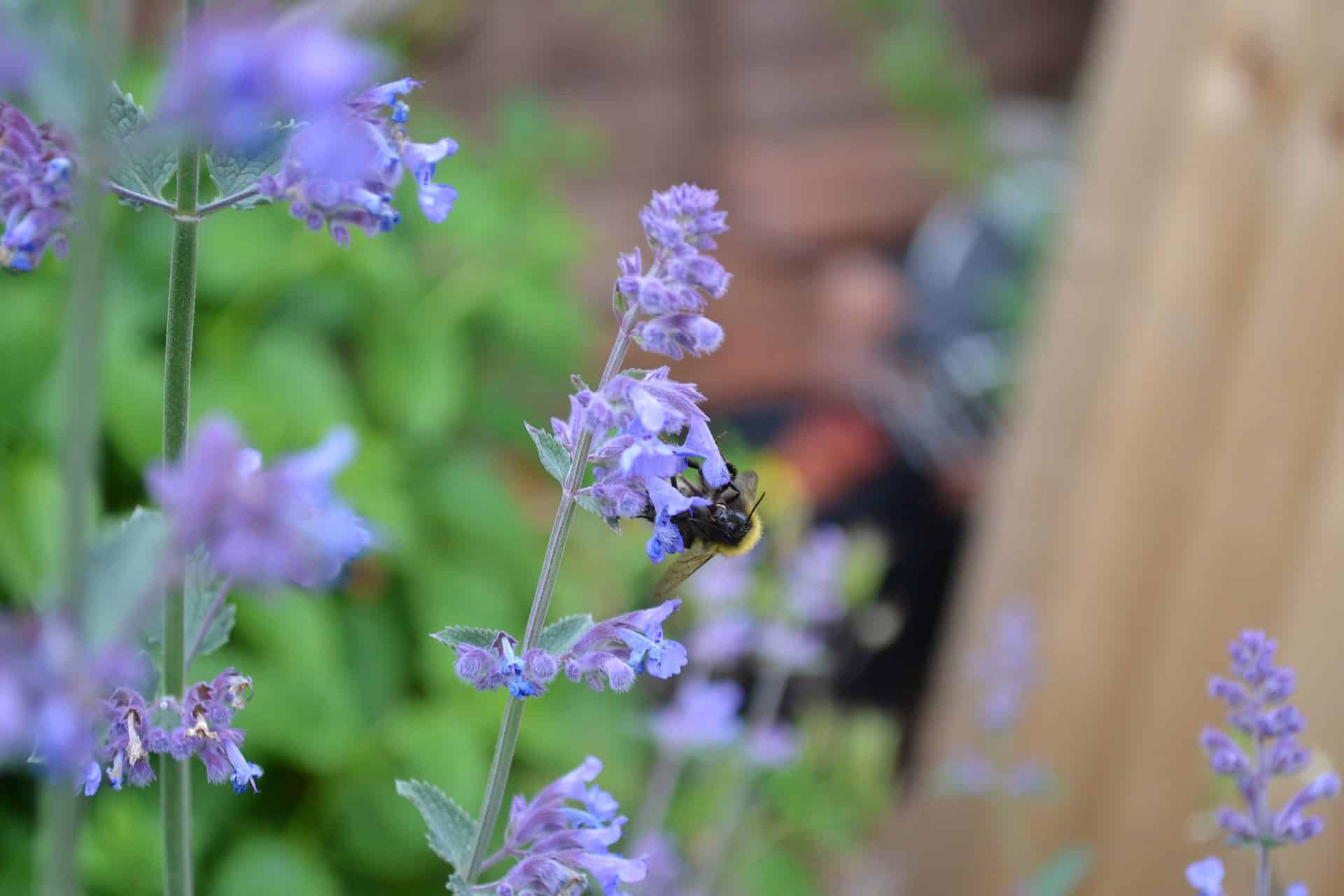
One of the few hardy perennials you find is Catmint which attracts butterflies and bees in late spring. When you deadhead the spent flowers, they will pop back into bloom in mid-summer to fall.
When you plant perennials like Catmint, please provide them with full sun and well-drained soil. It grows best in zones 3 to 8. Another interesting fact is that Nepeta is not part of the mint family, and it behaves well in the garden.
We recommend the dwarf varieties like the Purrisian Blue or Cat Pajamas for creating a tidy edging in the vegetable garden or flower beds.
Heuchera
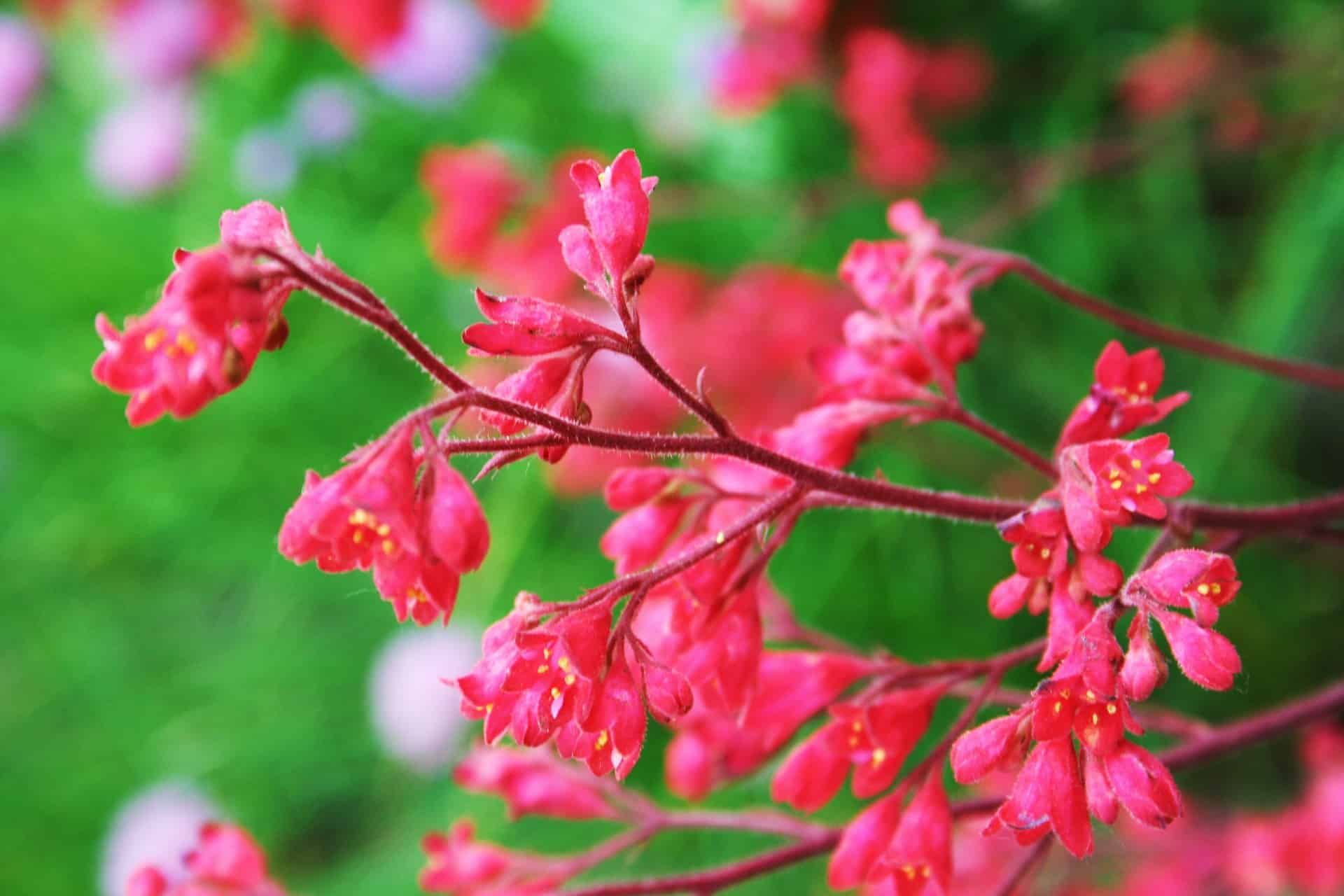
If you love foliage in the garden compared to flowers, the Heuchera grows coral bells. You can find several varieties with intricate flowers, but the true beauty lies in the leaves. The leaf patterns with texture and shape are gorgeous.
You can add some winter interest with foliage and a pop of color to the flowers. These plants can withstand heat to humidity, and they attract butterflies and bees to birds. The best part is they thrive in part shade and is drought tolerant, displaying pink to white flowers.
Aster
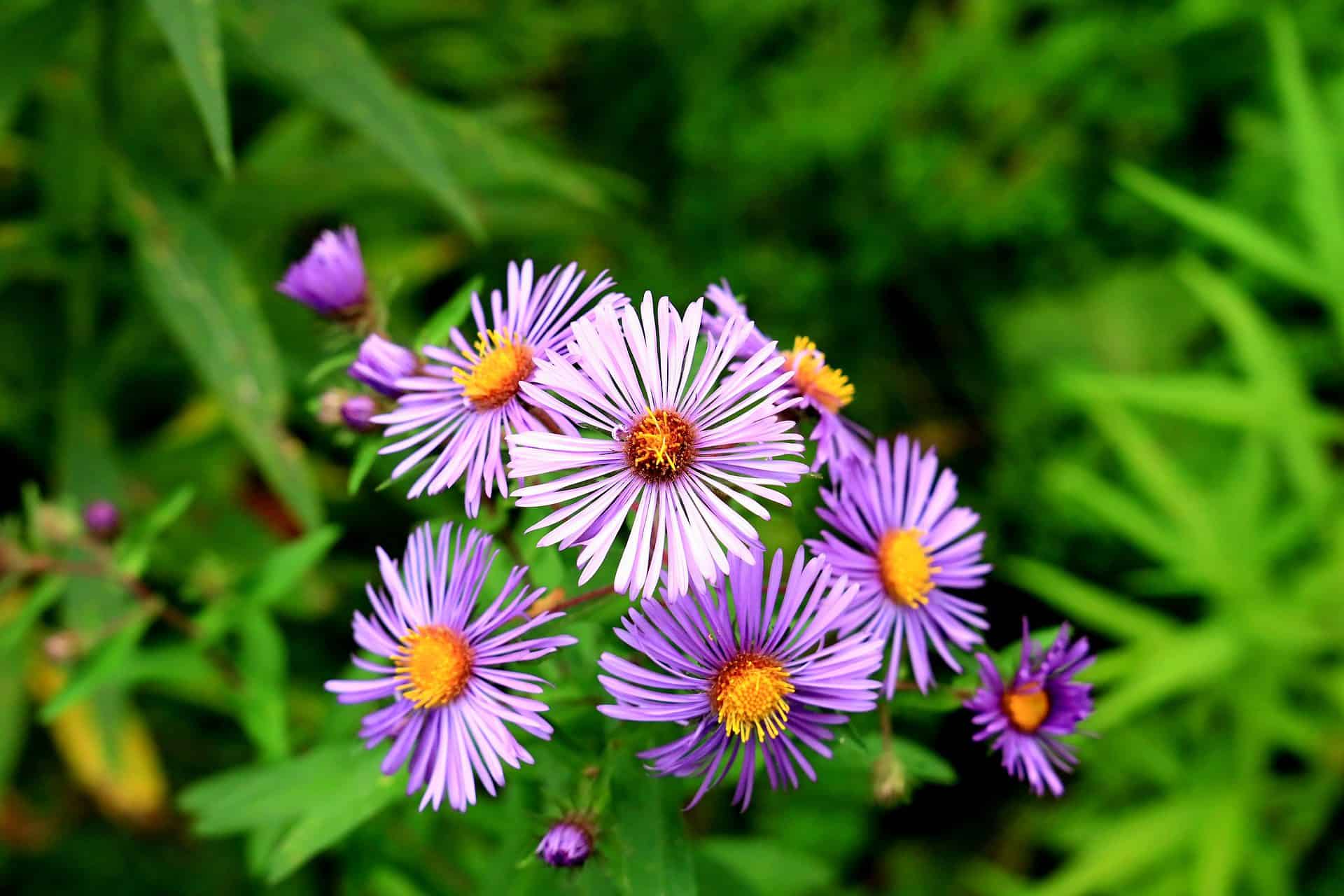
These native plants have colors ranging from lavender to blue flowers and even white flowers to give a showy display. It is a hairy perennial with clasping leaves growing dense on slim stems. Aster is ideal for flower gardens and can grow up to six feet tall. They bloom from late spring to early summer.
Dianthus

The Sweet William is a perfect perennial with fragrant blooms of clove and cinnamon. It grows small, between 6 and 18 inches tall. You can find Dianthus with hues of pink, red, salmon, and white flowers.
The slender foliage grows on thick stems and has a short bloom time. But you can find different cultivars available that bloom longer.
Coneflower
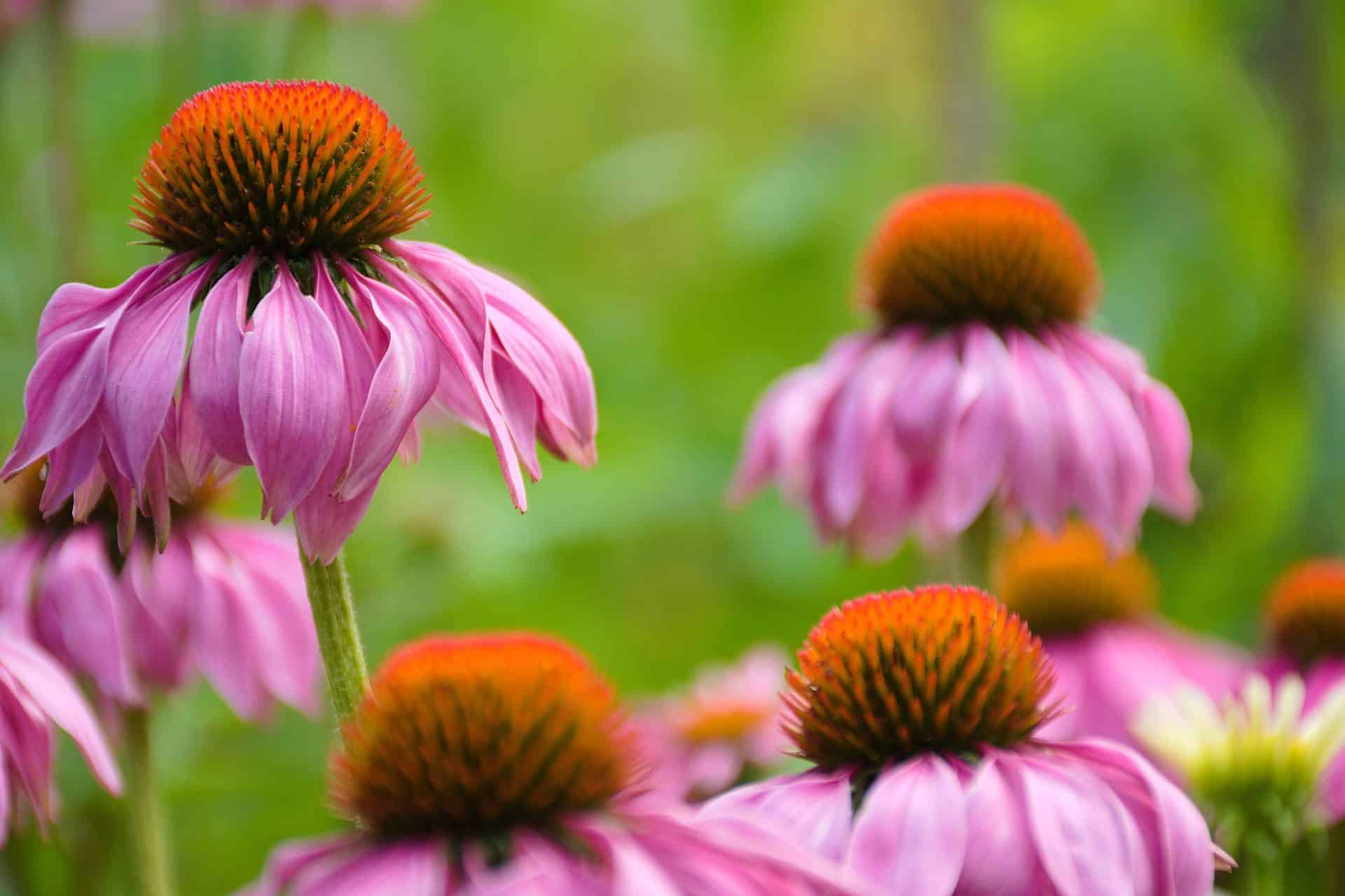
The Coneflower or Echinacea spp. is a popular native plant in the US and produces long-lasting blooms. You can find them in different varieties, from lavender to dark purple.
The stems reach up to five feet, and the lavender flowers can have prickly orange to green centers. You find them blooming in late summer through early fall. Butterflies adore the blooms and attract hummingbirds, while the flowers are used to make herbal tea.
Salvia
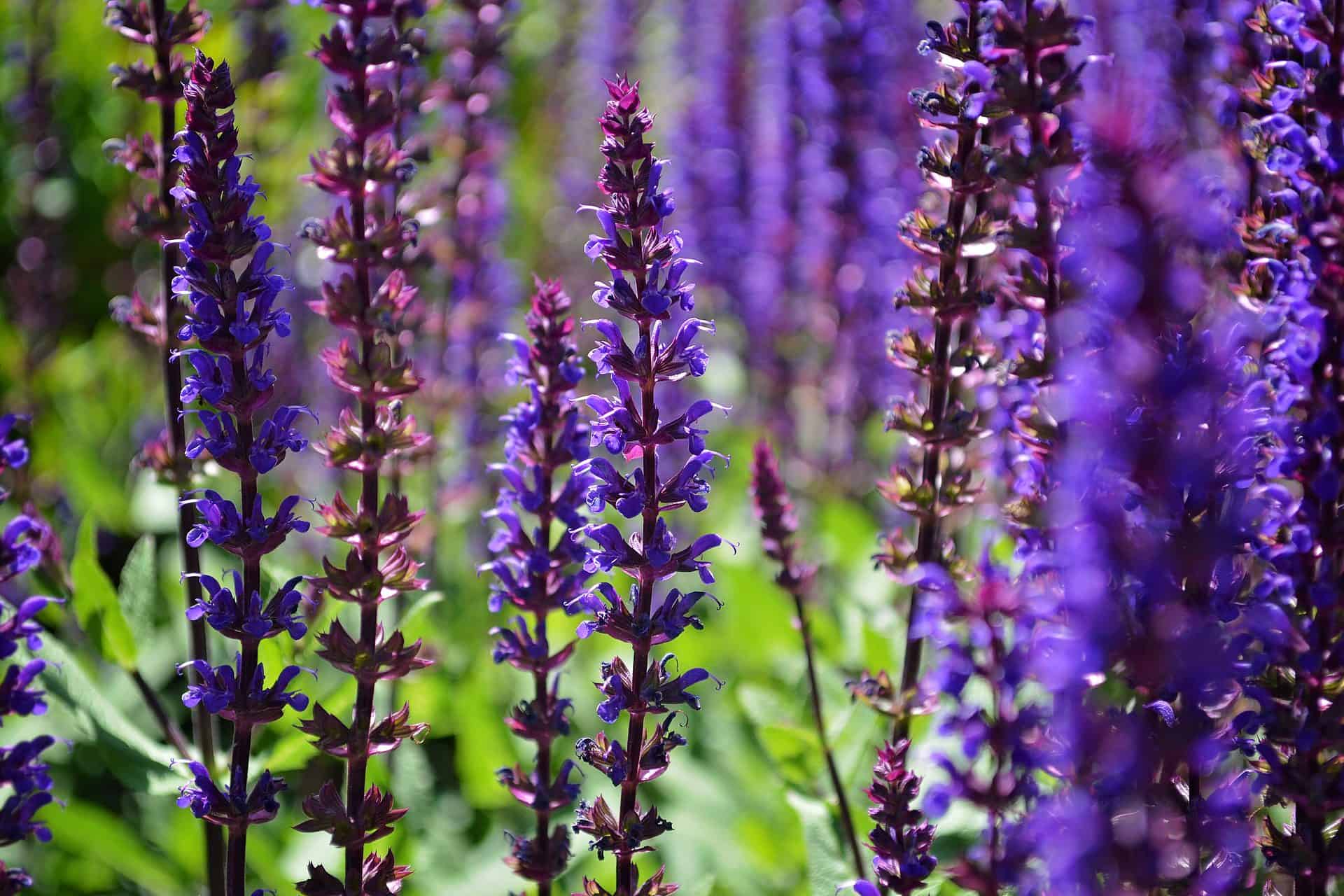
These flowering perennials, also known as sage, increase, and some varieties grow low to use as an edge in flower beds. The colorful blooms with foliage are the main attraction, attracting beneficial insects like butterflies and birds.
Sedum
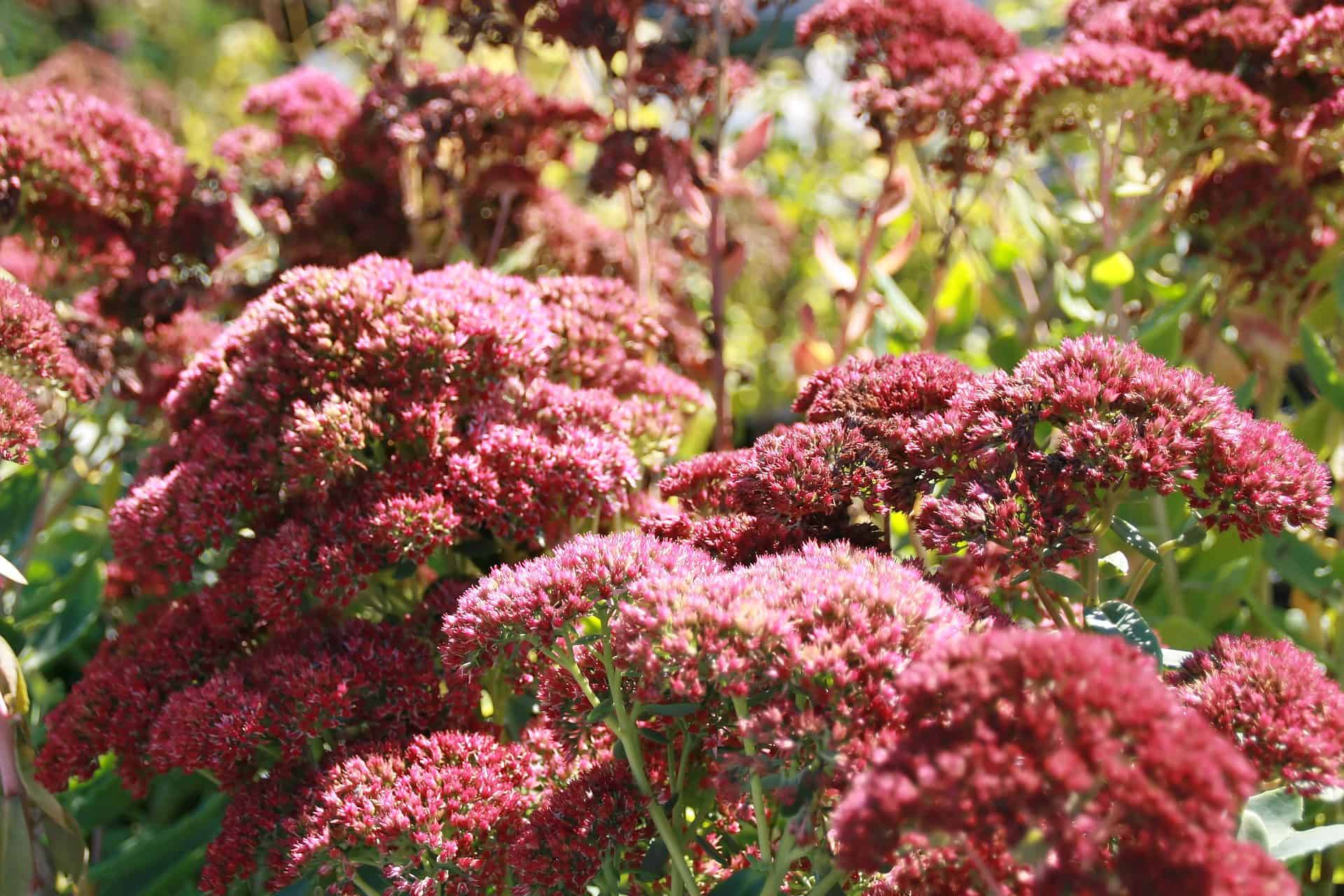
A taller member of the perennial flowers, the Showy Stonecrop, formerly known as Sedum, is a popular plant indoor to grow. The evergreen perennial grows like cauliflowers with blue-green foliage and blooms in fall.
False Indigo
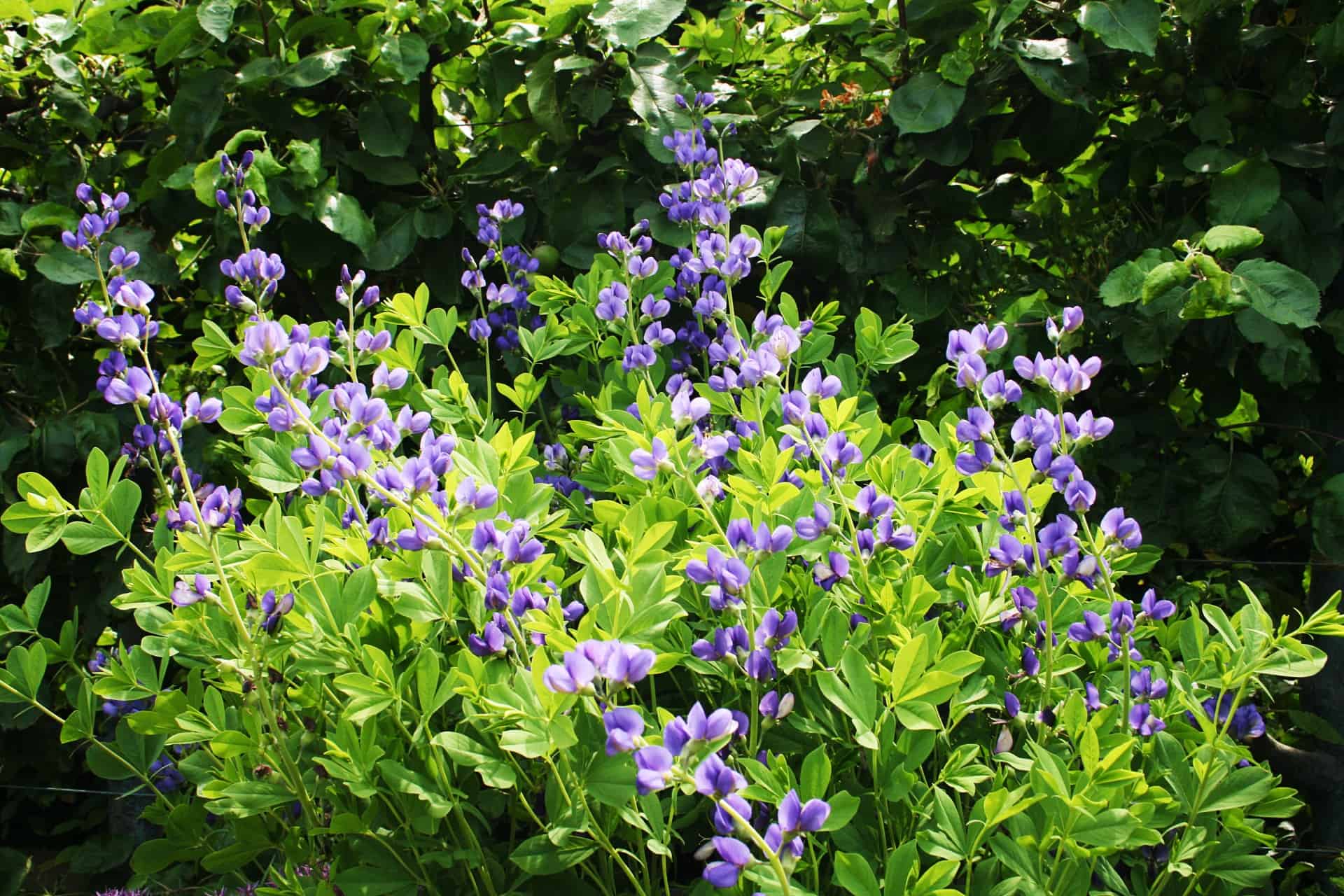
The Baptisia australis is one of the oldest perennial flowers that exist and are native to America. It has an upright growth with lupine lavender-blue flowers on clover-like blue-green foliage. After the blooms fade, you see dark seed pods forming in fall and growing in full sun to light shade.
It is a deer-resistant plant and also attracts butterflies.
Lavender
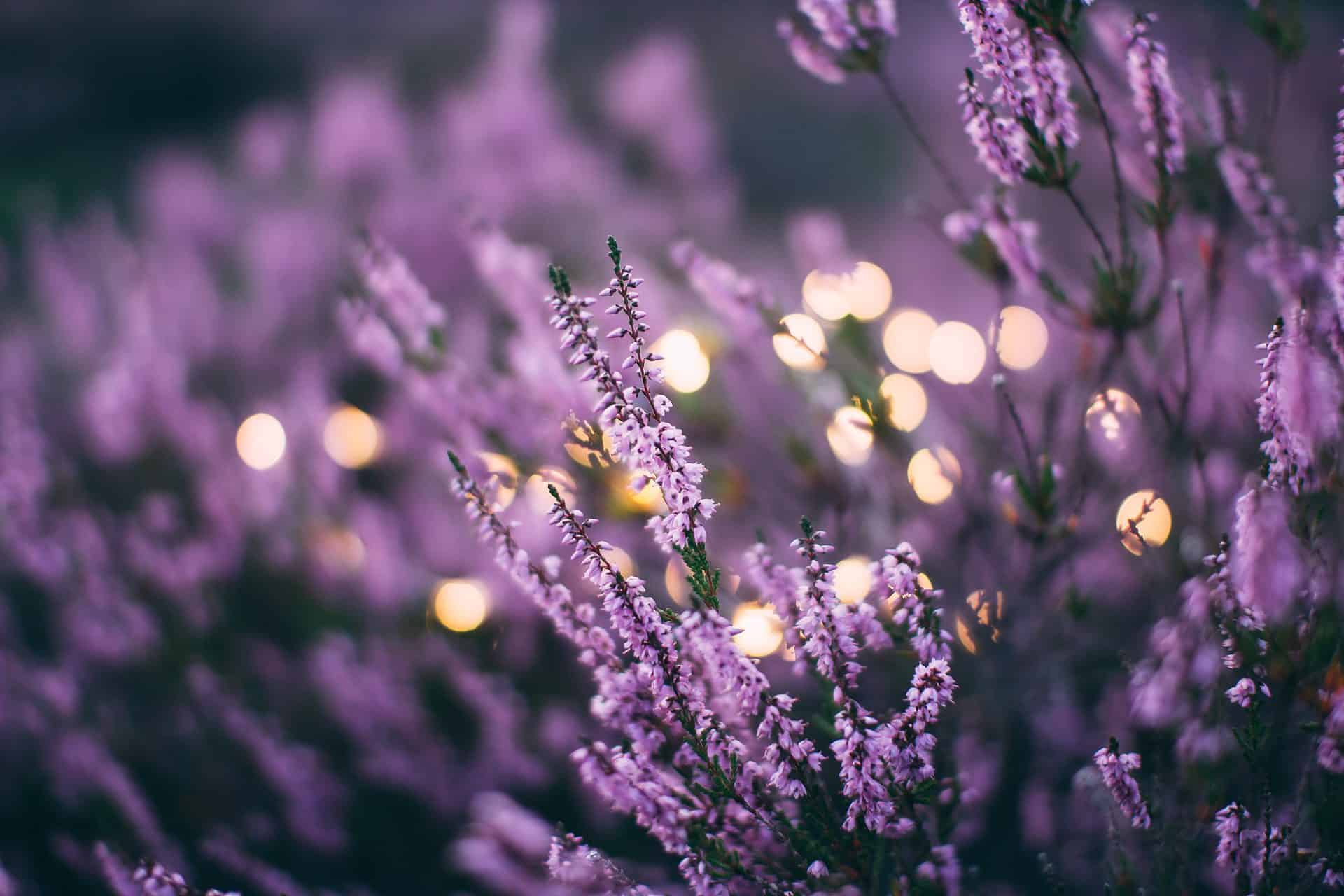
Lavender is an excellent addition to perennial gardens with a distinctive fragrance. You can use the oil from the blooms in soaps and lotions, and the flowers are edible. You can drop some of the flowers in fresh lemonade or add a teaspoon of it to your shortbread cookies when making them.
These are the best perennials for overwintering in zones 5 to 9 in well-drained soil. You can prune the stems in spring to flush out again with new foliage and flowers that last into late summer.
Lenten Rose
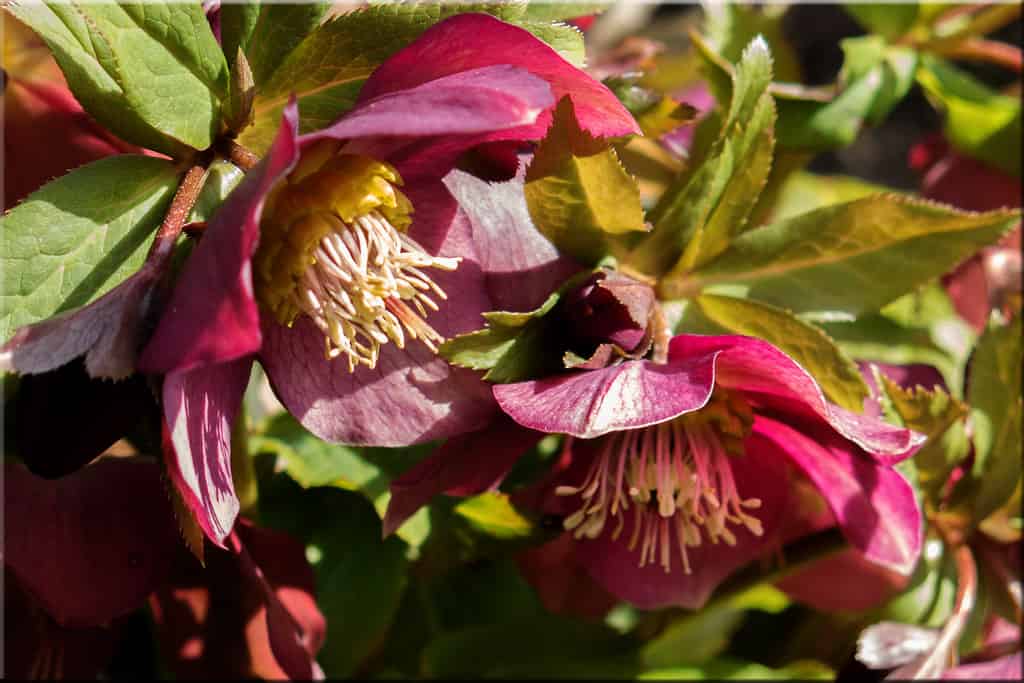
Hellebore is a deer-resistant plant that grows well in perennial gardens. Still, they bloom in early spring to welcome pollinating bees.
These woodland plants are happy in part shade to full shade. The plant looks fabulous in a flower bed and is happy to grow in organic soil, tolerating dry shade in zones 4 to 9. It can bloom single or double flowers.
Tiarella
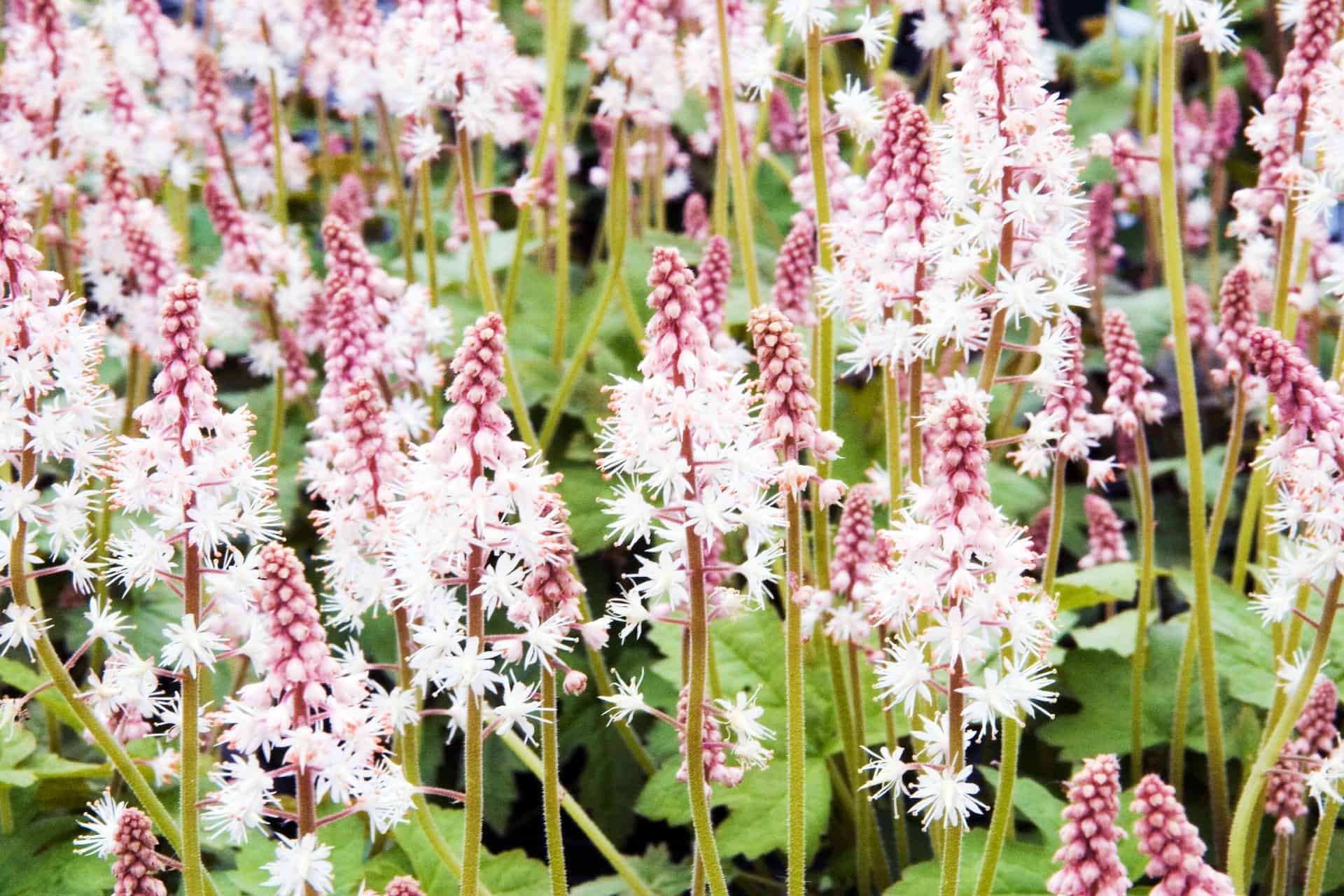
Another shade-loving perennial is the Tiarella which thrives in woodland gardens. The plant produces small attractive flowers on a short mound with green leaves. You find different cultivars available that thrive in the full shade, while the cousin Heuchera prefers dappled sunlight as in full shade, the foliage color can fade.
Brunnera
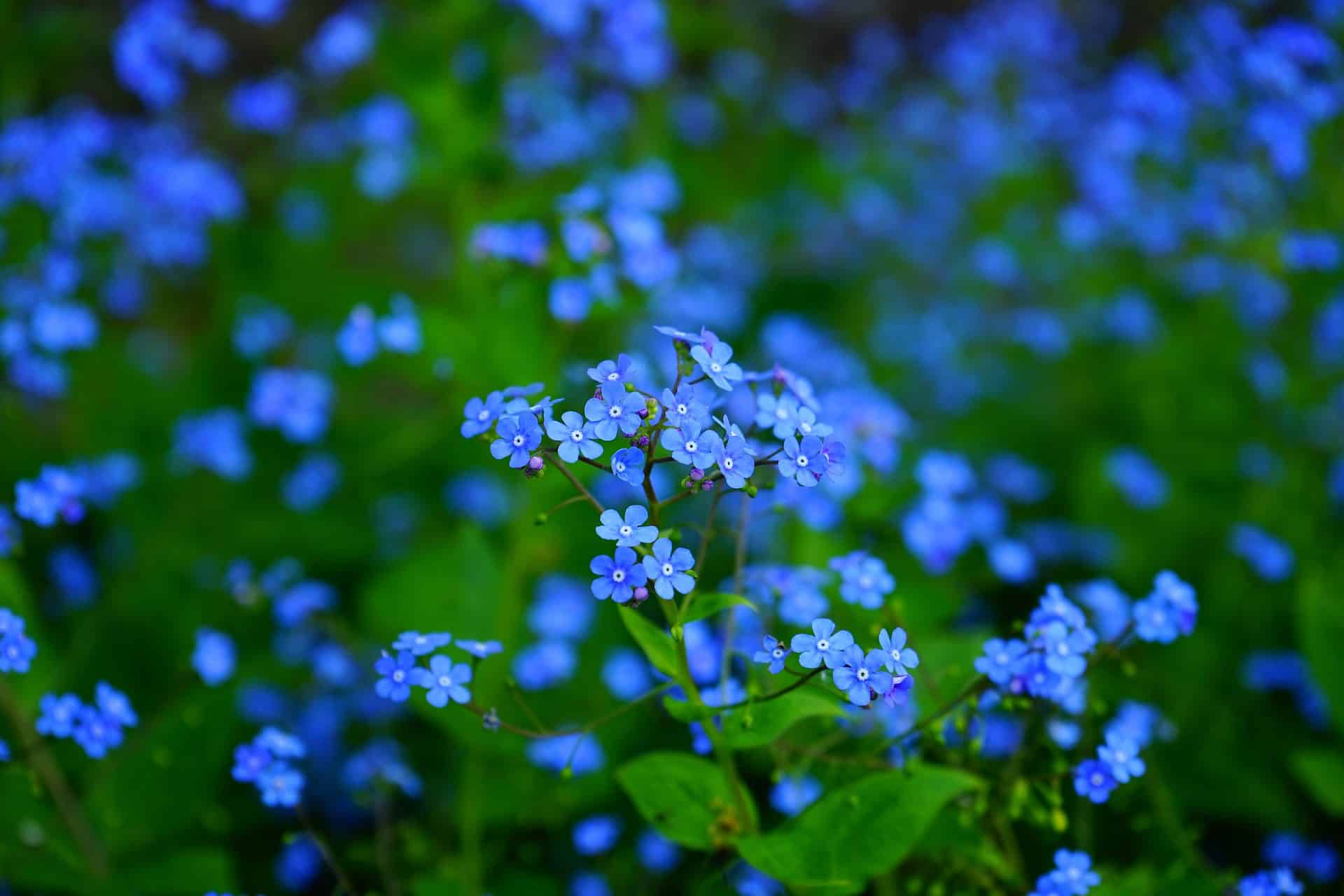
It is the best evergreen perennial to group with Hostas and ferns in your shade garden. The foliage is a delight every season in zones 3 to 8. The heart leaves make for a fabulous display, while the blue forget-me-not flowers appear on wispy spring stems on silvery foliage.
Then, with a quick trim, when the blooms fade, it splashes out a new set of leaves, forming a fluffy mound.
Penstemon
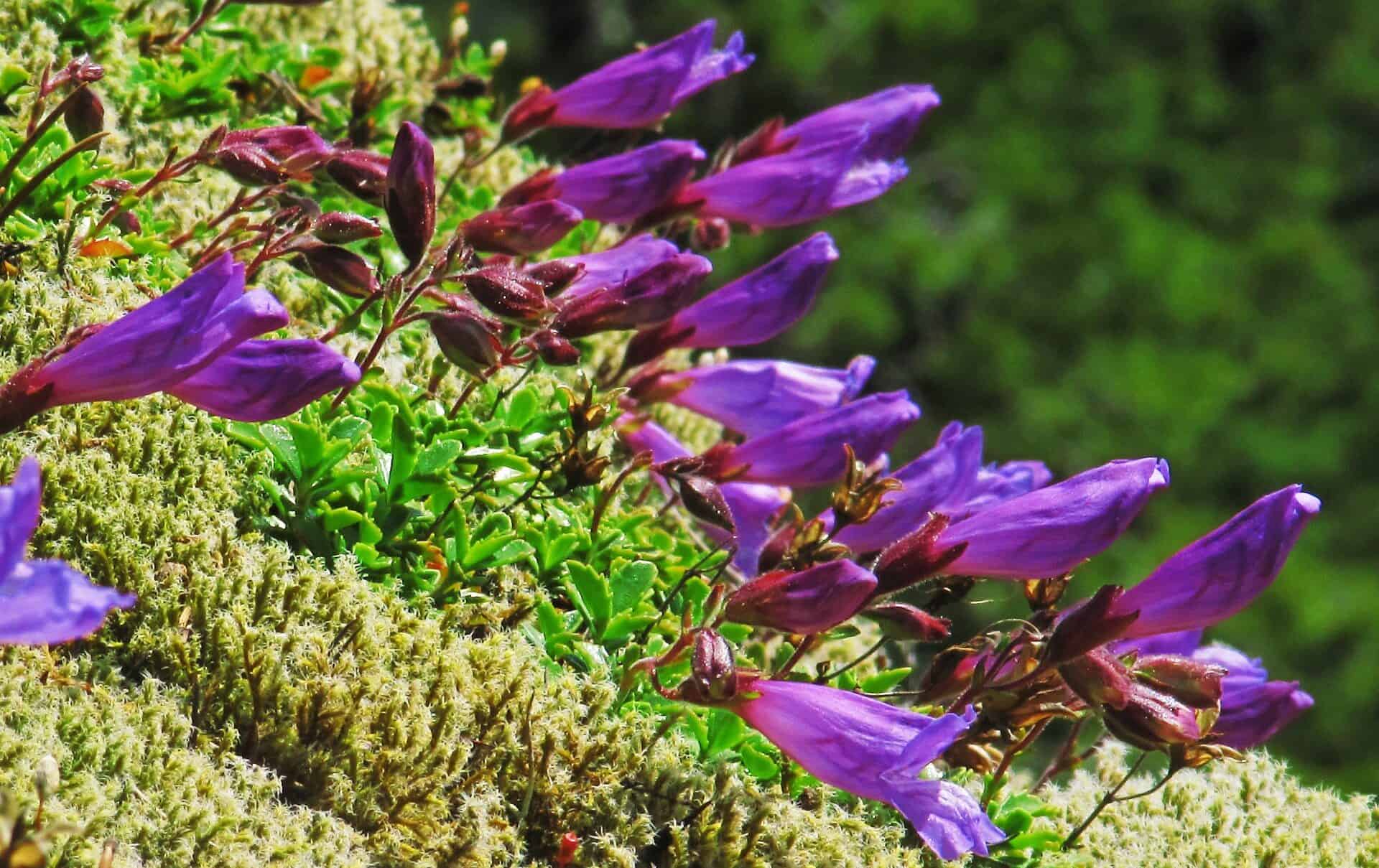
The Penstemon has a long bloom and needs little water. As a result, you will find a diverse range of this perennial species. Right after spring, when other plants’ blooms fade, they display foxglove flowers in lavender and soft pinks.
You can find the flowers in blues and fiery reds as well. So, you can choose from a broad palette in different shapes and sizes, including dwarf varieties to place in rock gardens.
Speedwell
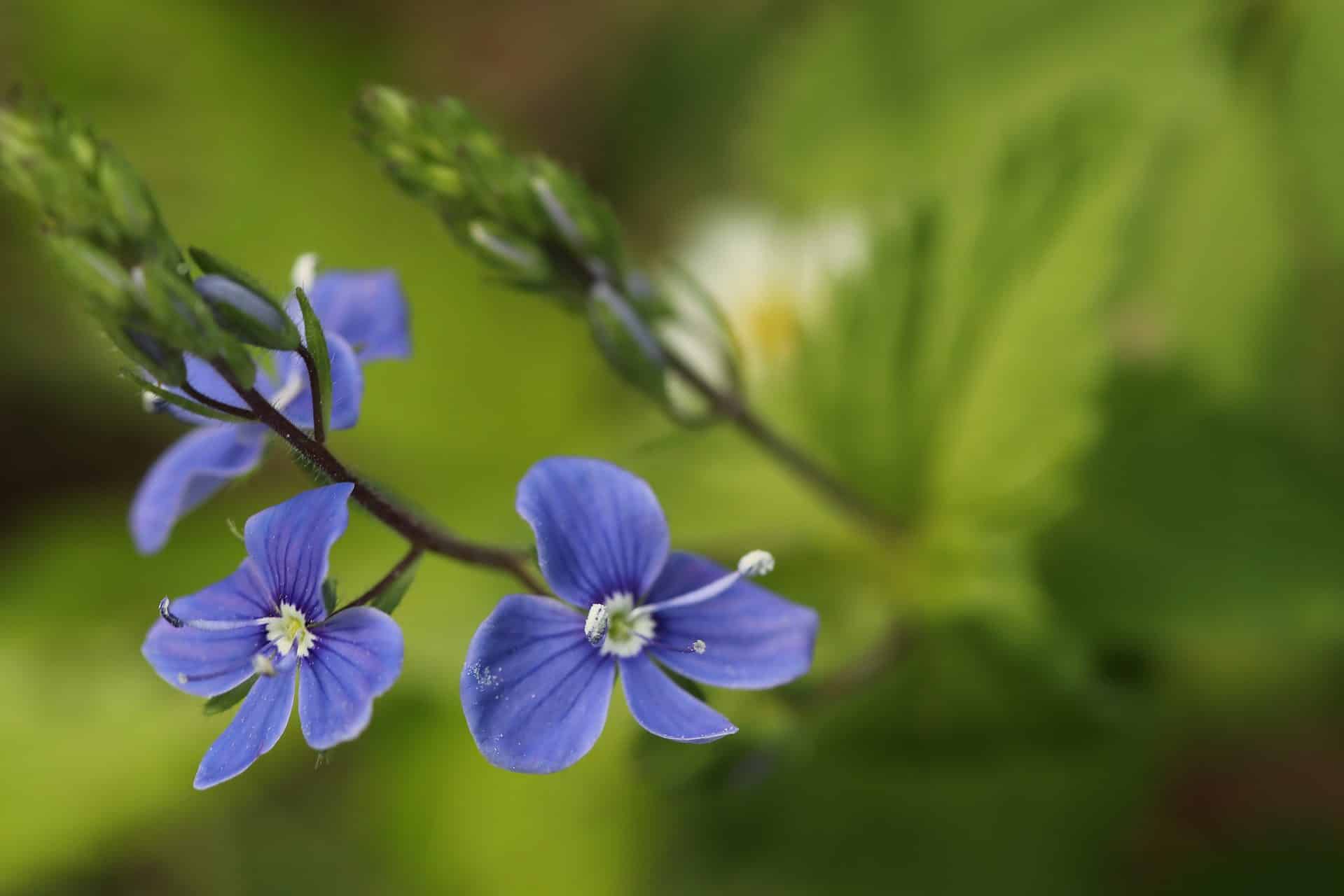
If you have limited time to care for your own garden, then it helps to choose a carefree perennial like the Veronica. The Speedwell adapts to different soil and watering requirements. You can find some varieties to grow in most regions.
You can find some cultivars to grow as ground cover, with upright-growing ones reaching several feet tall. The low growers work well in containers, rock gardens, and border edgings. You see a display of blooms during the growing season in summer.
Final Thought
While some perennials bloom in just a few weeks, others typically bloom longer. Still, there is a good reason why you should choose these perennial species. Caring for them is easy as they are not fussy, and many do not need deadheading, staking, or pinching.
Some have a long lifespan, up to five years, and they adapt to different conditions and do not spread all over the garden with invasive rhizomes. Many perennials on the list grow and bloom well even without division and can thrive almost anywhere in zones 2 to 9.
Whether you want to buy, sell or simply reach out to other plant enthusiasts, Plantly is the right place to be!


